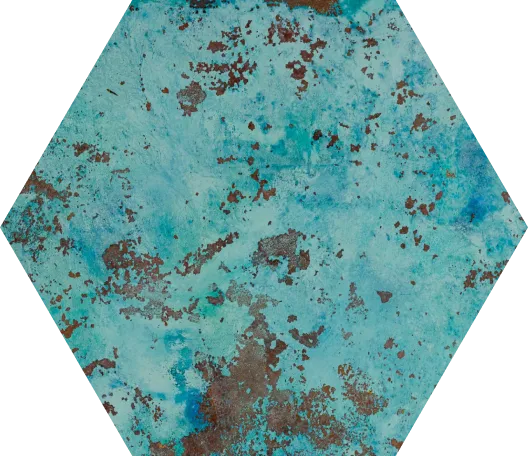Galvanic Corrosion Modelling for Aircraft Environments



The aim of this work is to develop and validate a computational model for simulating galvanic corrosion in macroscopic samples for further application in typical case scenarios appearing in an aircraft environment. The case study involved in this paper consists of a co-planar bimetallic pair composed of Aluminium AA 2024 and carbon fibre reinforced polymer (CFRP) immersed in saline solution. The computational approach, based on the Boundary Element Method (BEM), aims at solving current density and electric potential in the electrolyte and active electrode surfaces. The obtained BEM based numerical simulation tool is validated with experimental measurements in a controlled environment. The modelling approach as well as the experimental methodology for characterising the material properties used as input in the simulation and for validating the results is described throughout this paper.
The experimental measurements of potential at different points in the electrolyte and total current are in good agreement with the simulation results. Furthermore a sensitivity analysis is presented showingthe effect of corrosion rate and total current change with varying physical properties of the electrolyte.
Fill out the form to access the full report.

